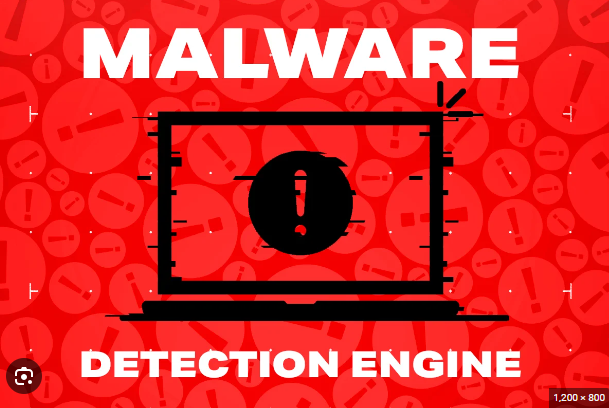Have you ever glanced at the Task Manager within Windows 10 and spotted a process named taskhostw.exe quietly operating in the background? Wondering about its purpose and whether it poses any security risks? This article aims to address these inquiries and provide practical insights into managing taskhostw.exe effectively.

What is Taskhostw.exe?
Taskhostw.exe is an integral component within the Windows operating system, designed to oversee the initialization of various services upon system startup. Abbreviated from “Task’s Host for Windows,” its primary role is to facilitate the launch of Windows services reliant on Dynamic Link Libraries (DLLs). DLLs are repositories of executable code and resources utilized by multiple programs. Acting as a mediator, taskhostw.exe orchestrates processes originating from DLL files rather than traditional executable (EXE) files.
The authentic taskhostw.exe file is typically situated in the C:\Windows\System32 directory. However, if you find it in a different pathway, there’s a possibility that it might be malicious software masquerading as taskhostw.exe. Verifying the file’s location can be done by right-clicking on it in the Task Manager and choosing the option “Open file location”.
Is Taskhostw.exe Malware?
Taskhostw.exe, while not inherently malicious, serves as a tool for concealing illicit activities by malware. Certain malicious software might fabricate a counterfeit taskhostw.exe instance and deposit it in an alternate directory from the genuine one. Additionally, they could inject harmful code into the authentic taskhostw.exe process, exploiting it to execute nefarious deeds.
To determine if taskhostw.exe is malware or not, you can use some of the following methods:
Verify the digital signature of the taskhostw.exe file to ensure its authenticity and integrity. To do this, access the file’s properties by right-clicking on it and selecting “Properties”. Navigate to the “Digital Signatures” tab and click on “Details”. Look for the signature issued by Microsoft Corporation; if the file lacks a signature or is signed by an unfamiliar entity, it may be malicious.
Monitor the CPU and memory usage of the taskhostw.exe process. Under normal circumstances, this process should not excessively consume system resources. Elevated CPU or memory usage could signal the presence of faulty or malicious DLLs. Identify potential problematic DLLs by accessing the command prompt as an administrator and executing the command: tasklist /M /FI “IMAGENAME eq taskhostw.exe”. This command will display all DLLs loaded by taskhostw.exe, allowing you to research their legitimacy online.
Remove or repair any recently installed applications that might have impacted taskhostw.exe. Certain programs may install or alter DLLs utilized by taskhostw.exe, leading to malfunction or suspicious behavior. Attempt to uninstall or repair recently installed programs to troubleshoot and potentially resolve the issue.
Taskhostw.exe serves as a vital system component, initiating Windows services from DLLs during system startup. While inherently non-malicious, it may serve as a camouflage for malicious activities. Employ diverse techniques to ascertain its safety or malicious intent, including employing security tools for computer scans, validating the digital signature of the file, monitoring CPU and memory usage of the process, reviewing recently installed programs for any anomalies, or executing system restoration or clean boot procedures.
Bottom Line
Taskhostw.exe serves as a vital system component, initiating Windows services from DLLs during system startup. While inherently non-malicious, it may serve as a camouflage for malicious activities. Employ diverse techniques to ascertain its safety or malicious intent, including employing security tools for computer scans, validating the digital signature of the file, monitoring CPU and memory usage of the process, reviewing recently installed programs for any anomalies, or executing system restoration or clean boot procedures.
Other Ways To Avoid Malware On Your Device
- Ensure that your software and operating systems are regularly updated to maintain optimal performance and security
- Exercise caution when installing software and applications
- Set up a program to block advertisements
- Select robust passwords for your accounts.
- It is essential to refrain from using pirated software
Also read:
Trustenely.com , Coinvaq.com
Mft-trade
Actionmarkets
Betail-capital
